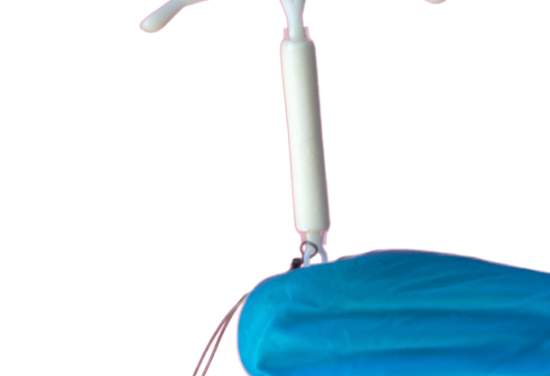Intrauterine device
Intrauterine device - types, insertion, control and how we can help you
It is our gynecologists who perform spiral insertion at Dr.Dropin. The IUD, which is made of soft plastic, is inserted into the uterus via the cervix using ultrasound.
We have the most common hormone and copper IUD in stock in the clinics, but if you wish you can bring your own.
It is recommended to check for sexually transmitted diseases such as chlamydia before getting a IUD. It is also important to rule out pregnancy.
Intrauterine device 295,–Book appointment Gynecologist



